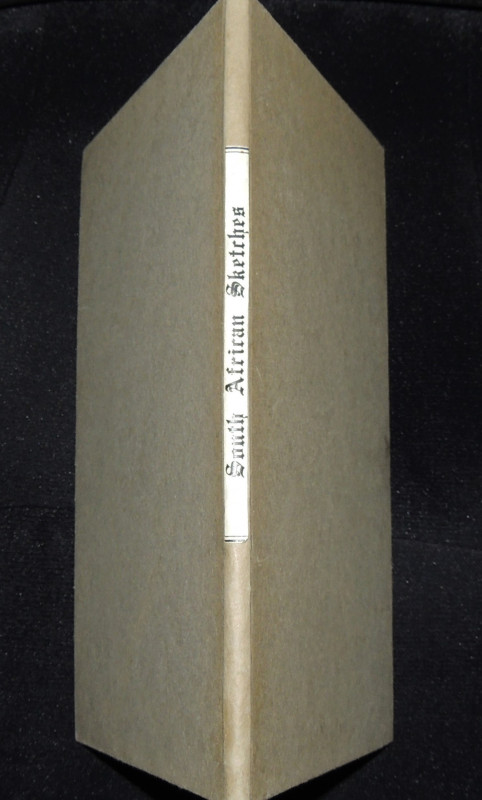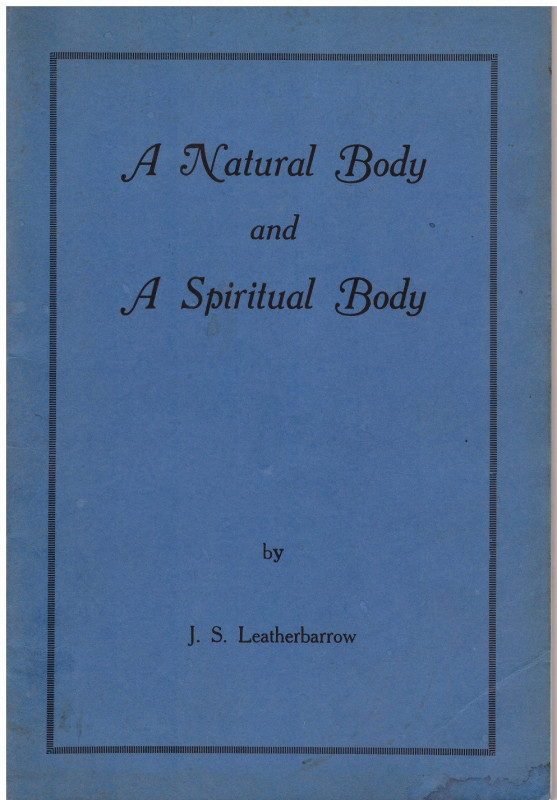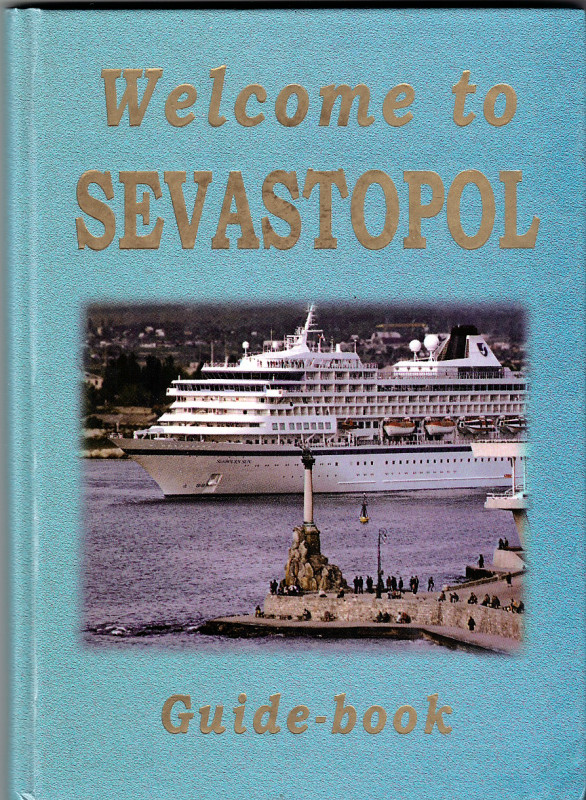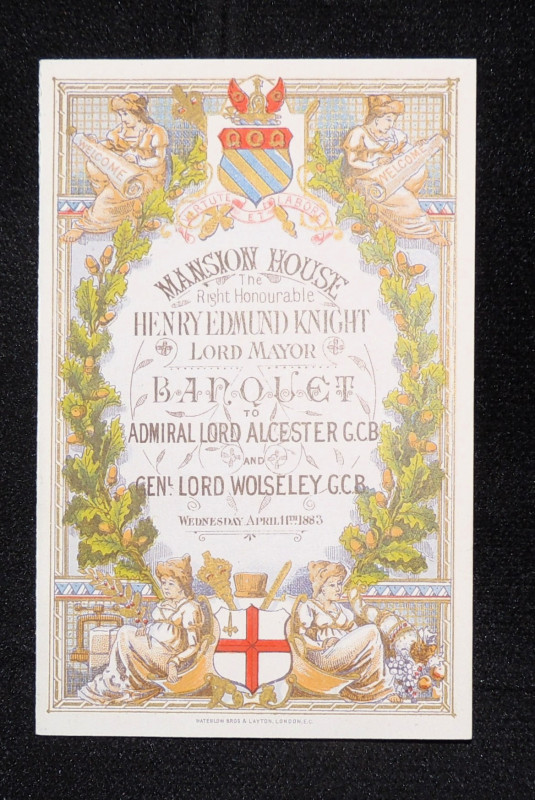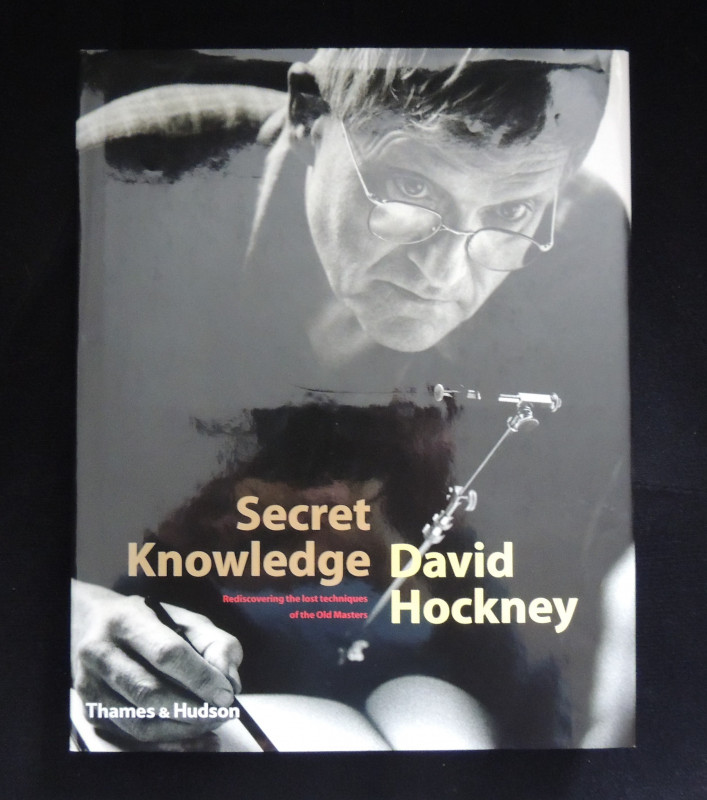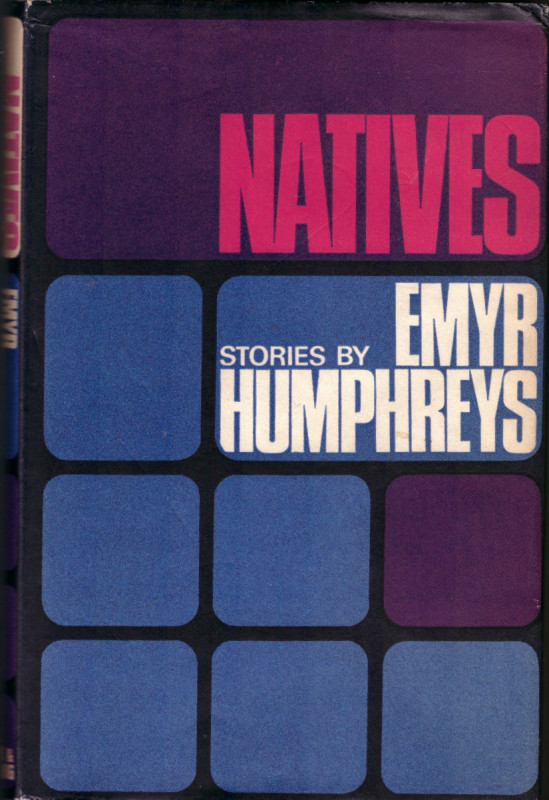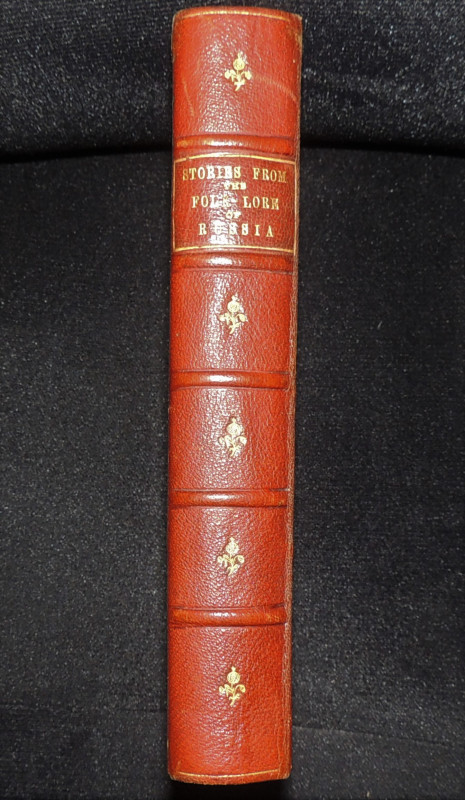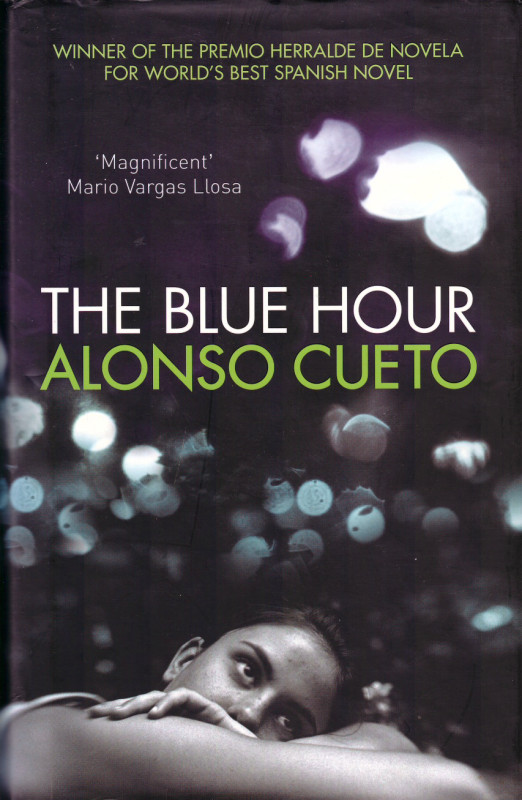A review of the principal questions in morals.. Particularly those respecting the original of our ideas of virtue, its nature, relation to the Deity, obligation, subject matter, and sanctions
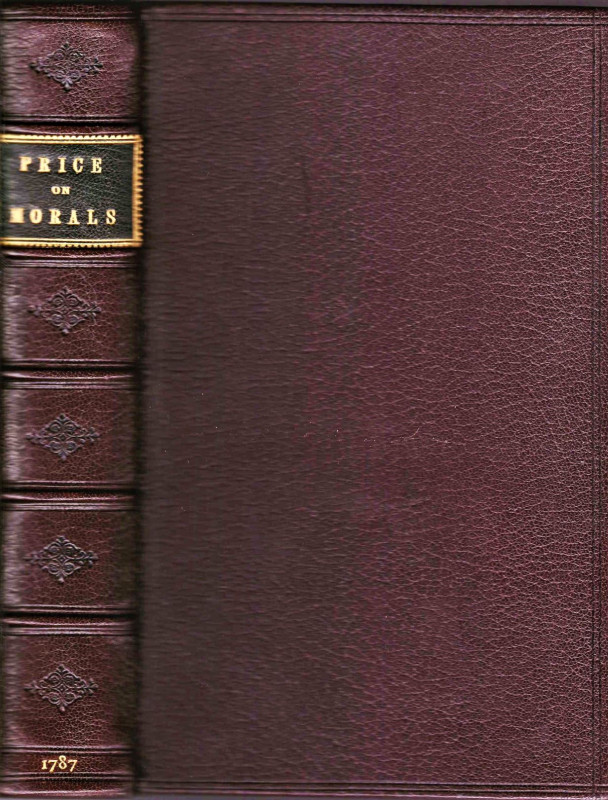

Book Description
The third edition corrected, and enlarged by an appendix, containing additional notes, and a dissertation on the Being and the attributes of the Deity. Printed for T Cadell. London. 1787. 8vo. vii, 512pp, 3pp publisher’s adverts. Later full calf, spine in 6 compartments with raised bands, blind tooling, leather label and gilt lettering. Signature of Wm Torrence to title page.
The first work by Price, the third edition, being greatly enlarged. The main controversial purpose of this work was to establish the objectivity of moral judgement against the subjectivism of Francis Hutcheson and David Hume. Price adopts a libertarian position, that every man is free in the sense that he has a real choice to do what he thinks is his duty, undetermined by any elements in his character or in the environment. ODNB.
Price, Richard (1723–1791) FRS, philosopher, demographer, and political radical. Richard Price was the son of Rhys Price, a dissenting minister, and Catherine Richards. Born at Tyn Ton, Llangeinor, Glamorgan, Wales, Richard studied under Vavasor Griffiths at Chancefield, Talgarth. His writings in defence of the American patriots led to an invitation to advise congress conveyed to him by Benjamin Franklin, Arthur Lee, and John Adams. A friend of Thomas Paine, Thomas Jefferson, Adam Smith, David Hume,
A member of the intellectual societies the Bowood Group and Benjamin Franklin’s ‘Club of Honest Whigs’. In 1772 Price recruited Joseph Priestley to the Bowood Group. It was through her friendship with Price that then unpublished Mary Wollstonecraft met the radical publisher Joseph Johnson. Price helped her to visit Lisbon to see Fanny Blood. She published ‘A Vindication on the rights of men’ in response to Burke’s attack on Price, and her ‘Vindication on the rights of woman’ extended Price’s arguments on equality for women.
Provenance: Signature of Wm Torrence (slightly cropped) to upper margin of title page. Probably the William Torrence the thirteenth member of the Speculative Society in 1764, ordained July 1788 and afterwards Minister of the Parish of Glencross, Edinburghshire. Robert Louis Stevenson in a letter to Frances Sitwell dated 4 July 1875 “The small kirkyard is full of old gravestones…in church old Mr Torrence preached, over eighty and a relic of times forgotten”. William Torrence and the church appear in R.L.S. last unfinished book, The Weir of Hermiston. Torrence is linked to Price through Mary Wollstonecraft and William Taylor of Norwich and the Society of Gentlemen.
ESTC T44902
Author
Price, Richard
Date
1787
Binding
Full calf
Publisher
T. Cadell. London
Pages
vii, 512pp, 3pp publisher’s adverts
Friends of the PBFA
For £10 get free entry to our fairs, updates from the PBFA and more.
Please email info@pbfa.org for more information
